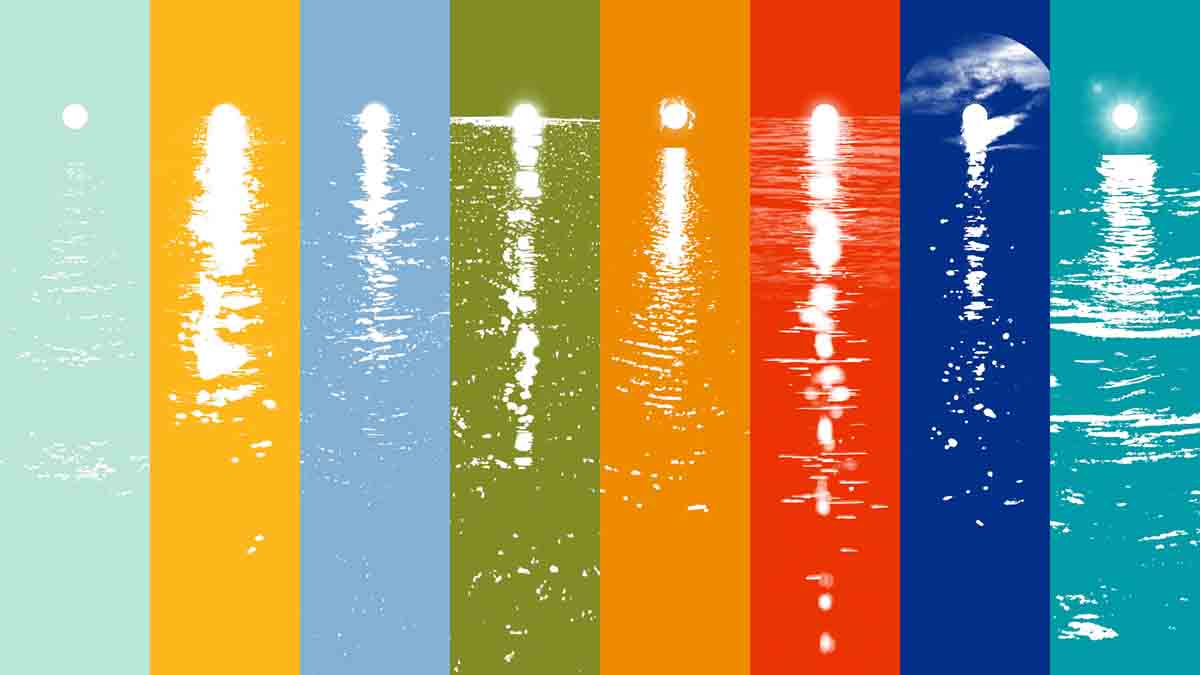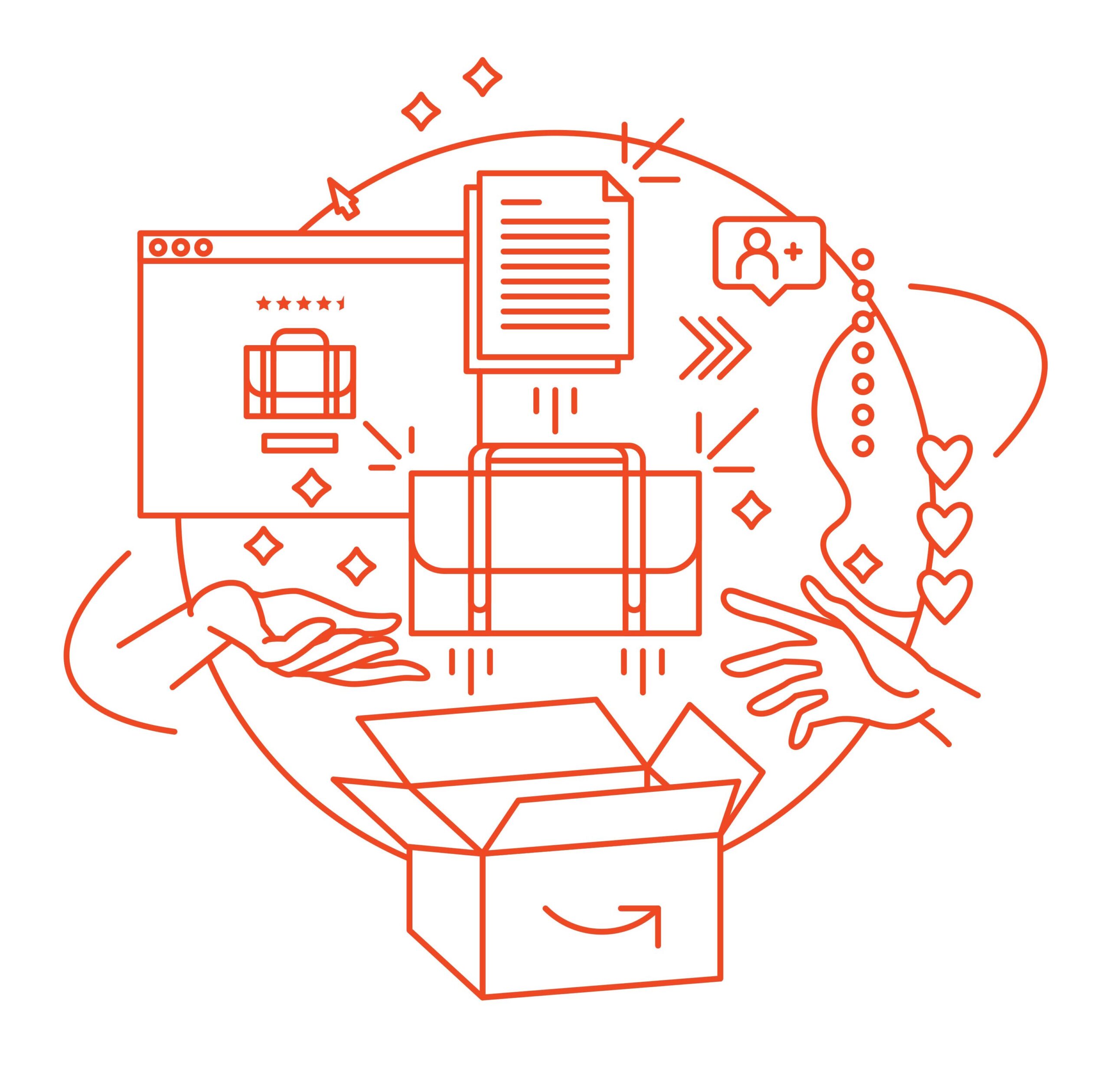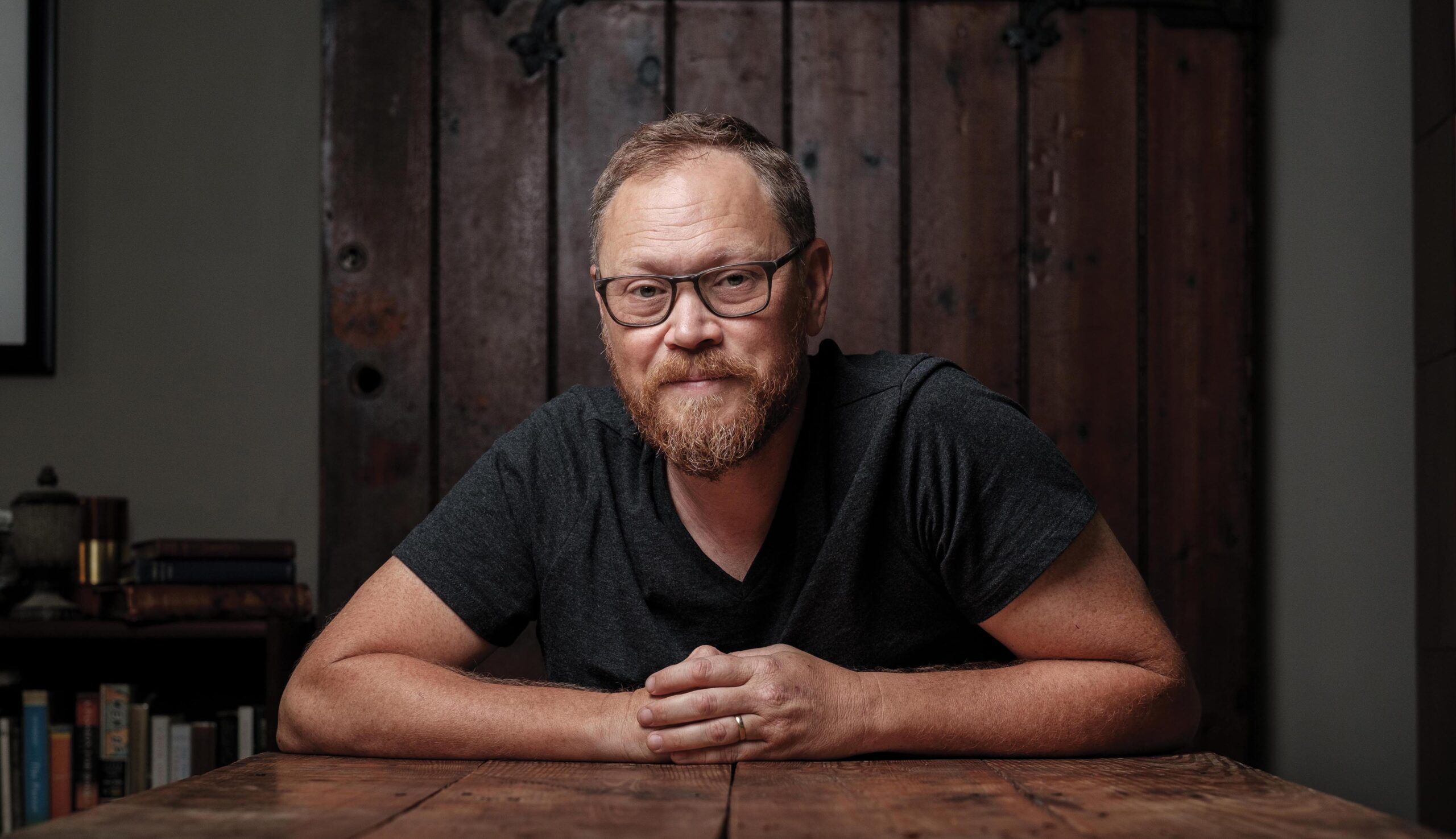Check NFThese
No, these aren’t NFTs, not technically. But we’re about them all the same. The images below are replicates of NFT art owned by J. Brendan O’Shaughnessy, the founder of the product-design shop Ocean & Sea.

Artist: Markus Magnusson (Invisible Friends)
Release: 2/23/22

Artist: Reuben Wu
Release: 4/26/21

Artist: Brendan O’Shaughnessy (Ocean & Sea)
Release: 12/31/21
It’s a common thread, ever since Beeple. You hear stories that go something like this: “There’s always a Gandalf, someone leading people into a space,” said Ashton Owens over a phone call a few weeks back. “Once I found that guy, I called him and I said, ‘I made the biggest mistake of my life: I did not Ape in. Show me the way.’ And that’s what everyone’s doing right now. Whether you’ve been doing it, like I have, since May or you are just now today, everyone is trying to understand, How do I utilize it? What does it do for me? And what is an NFT?”
Certainly a big and growing number of people are thinking about NFTs. And for all the chatter about these images, along with their cryptocurrency cousins, you seem only to meet people from spectrum ends, people who either spend hours a day on Twitter and Discord with gamer-level devotion, or everyone else. For the everyone elses, it can be a lot to take in, with unfamiliar technological and cultural components, not to mention new taxonomy.
First things first: To “Ape in,” as Owens put it, means to purchase a Bored Ape NFT, a unique image from one of the most popular collections out there. And “Beeple,” well, Beeple is what starts a lot of these conversations in the first place.
Beeple, actually, isn’t a what but a who. The name Beeple is a pseudonym used by a digital artist named Mike Winkelmann, who last year sold a collage-style NFT for a screen-cracking $69 million. The sale pushed a wake that designers and artists alike are now trying to enter. As one New York Times art critic puts it, the Beeple sale set off a “mad scramble among creators of all kinds.”
One of them is painter Meghan Knappenberger. She’s a studio artist who lives and works in the Kansas City, Kansas, area. She’s a traditional craftsman with traditional materials of acrylic paints and canvas. Her work is expressionistic and vivid, and she occasionally lays graphic elements over the top of her inks and paints. As news got out about the Beeple sale, one of Knappenberger’s family members called her and said something like, “I don’t know what any of this is, but you could totally do that.” For her part, Knappenberger agreed. Maybe.
A NFT is what now?
Even though you tend to hear about them from the same Twitter-and-Discord crowds, NFTs aren’t the same thing as crypto and they’re not just fancy JPEG images. But they’re intimately related.
It all started back in 2008, when the mysterious and, probably, pseudonymous Satoshi Nakamoto published the whitepaper “Bitcoin: A Peer-to-Peer Electronic Cash System.” In the words of the Texas Blockchain Council founder and president, Lee Bratcher, it was “the Edison light bulb moment.”
What you don’t find by its current name in the whitepaper is what came to be its most profound contribution: blockchain. It’s like this, a blockchain is a ledger, not too dissimilar from an accounting ledger. Except, unlike conventional records kept by a bank or accountant, the blockchain ledger is public. Functionally, a blockchain uses a network of computers (chain links), each of which add new entries visible to everyone.
Two big ideas shape what gets people excited about this. First, no central body controls a single ledger, meaning the system is essentially democratic. Second, on certain blockchains (there are several now), you can store non-currency digital assets, verified by the same peer-to-peer system by which the chain of computers records transactions. This record can give buyers proof of ownership — tokens.
These tokens, practically digital assets, mainly take the form of collectibles or digital art. They functionally make it possible, for the first time in the internet age, for digital stuff like artwork to function just like analog stuff. Nonfungible and scarce, just digitally. You can guess why the NFT boom intrigues a lot of artists. Not just because of Beeple’s pay day, but because maybe the world wide web could be a place where the art industry is not depleted, but rather allowed to find new life.
The Art of social history
The idea of a scarce or unique digital product can be confusing considering it basically didn’t exist until recently. After all, to borrow an illustration from the crypto magazine Portion, you can still screenshot or take a picture of an NFT without purchasing it. The difference, though, is you couldn’t sell that screenshot, at least for meaningful value, kind of like if you just took a photo of a masterpiece like the Mona Lisa or Starry Night. But with NFTs, the actual purchases on the secondary market get automatically recorded on the blockchain. So by giving artists a way to create and monetize work, and collectors transparency about the authenticity and provenance of their purchases, the NFT space functions much more like a traditional art market than the GIFy pictures first indicate.
Which shouldn’t be all that surprising. Mostly, according to Mike Maizels, media forms tend to proliferate rather than simply replace one another. And while a new medium, like the printing press in the quattrocento, can have tectonic-shift effects, the shifts relate more to the business of distribution and economies of ownership than to the artwork itself.






This story is from Common Good issue 08.